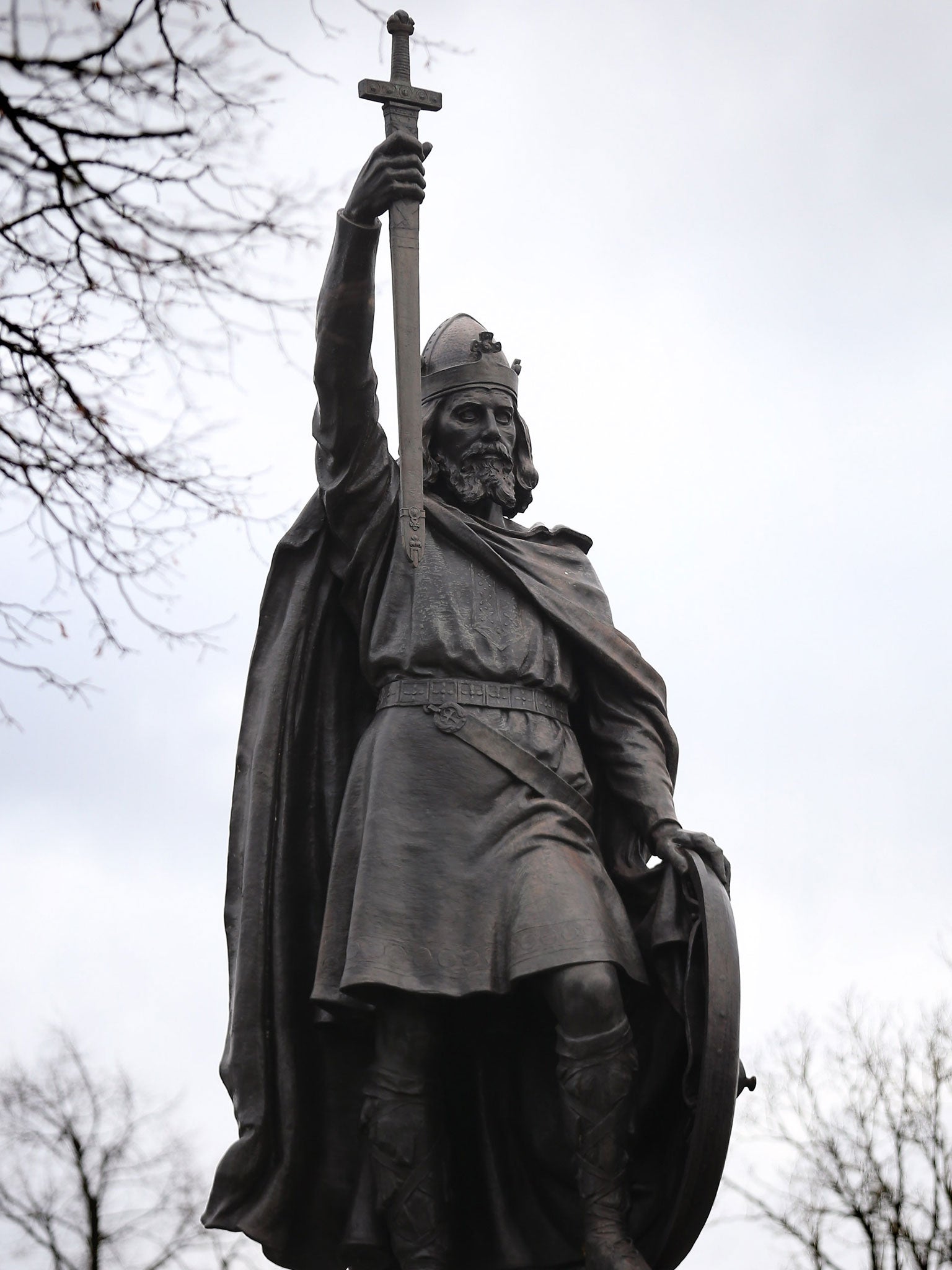
Danes from the Danelaw marched into what is now Shropshire but they were forced to withdraw. This time the local Saxons marched out and utterly defeated them in battle. The Danes sailed to Sussex and landed near Chichester. Meanwhile, in 893 another group of Danes sailed to Devon and laid siege to Exeter. In 893 the Saxons defeated them and they withdrew into Essex (part of the Danelaw). In 892 some Danes who had been attacking France turned their attention to Kent. Moreover, the wars with the Danes were not over.

However, in 886 Alfred’s men captured London. Alfred took the land west of Watling Street and southern England. Later this Danish kingdom became known as the Danelaw. Guthrum took London, East Anglia, and all the territory east of the old Roman road, Watling Street. They split southern and central England between them. Afterward, Guthrum, the Danish leader, and his men were baptized and made a treaty with Alfred. The Danes were routed at the battle of Edington. Alfred fought a guerrilla war for some months then took on the Danes in battle. King Alfred was forced to flee and hide in the marshes of Athelney. In 878 the Danes launched a surprise attack on Chippenham. However, they were unable to conquer Wessex so in 877 they withdrew to Gloucester. In 875 an army of Danes invaded Wessex again. Afterward, Wessex remained the only independent Saxon kingdom. The Mercian king fled and was replaced by a puppet ruler. In 873 they attacked the unoccupied part of Mercia. The Saxons and the Danes fought several battles during 871 but the Danes were unable to break Saxon resistance so they made a peace treaty and the Danes turned their attention to the other parts of England. Then in the spring of 871, Alfred became king of Wessex. However, the Danes then won two battles, at Basing and at an unidentified location. The men of Wessex won a victory at Ashdown. At the end of 870, they captured Reading. They then turned their attention to Wessex. Soon they were in control of Northumbria, part of Mercia and East Anglia. King Alfred is famous for fighting the Danes.

(In those days England was divided into four kingdoms, Northumbria in the north, East Anglia and Mercia in the Midlands, and Wessex in the south). He was the youngest son of King Aethelwulf of Wessex. It was ruled by King Ethelred I, though the man tasked with defeating the oncoming Danish onslaught was the king’s pious and studious younger brother Alfred.Alfred the Great was born in Wantage, Oxfordshire in 849. The Danes had been raiding England’s coasts for decades, but in 866 their attacks reached a new and more dangerous phase when they seized the northern city of York.Ī rapid assault on the English kingdoms of Northumbria, East Anglia and Mercia followed, and by 871 Wessex, the southernmost kingdom, was the only one left independent. Luckily, this week Matt is joined by Toni Mount, author of the book 'How to Survive in Medieval England' who provides an insight on what it would take to avoid beatings, homelessness, and hunger in Medieval times.

If you weren't wearing a hat, wore glasses on the street, or even laced your corset in the wrong way, things would go south for you very quickly. If you travelled back in time to the Medieval period this very second, do you think you would survive? The short answer is probably not.


 0 kommentar(er)
0 kommentar(er)
